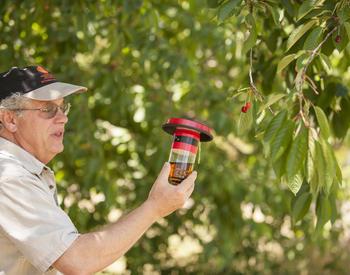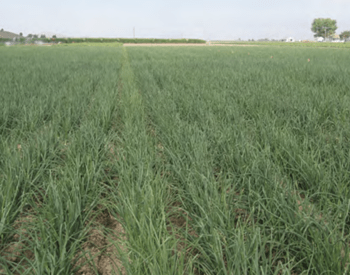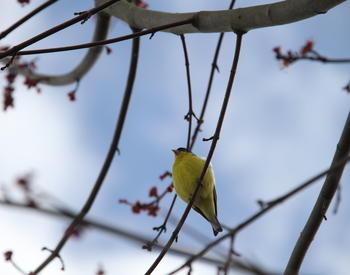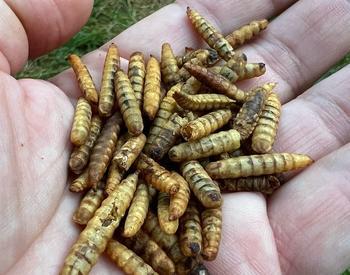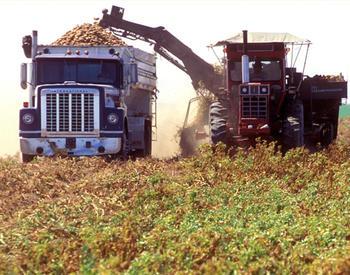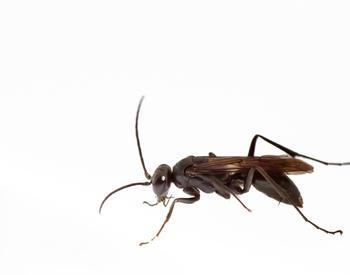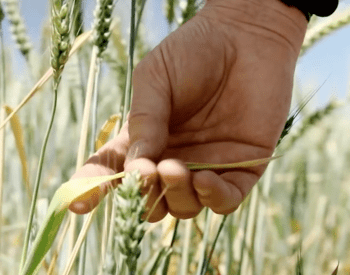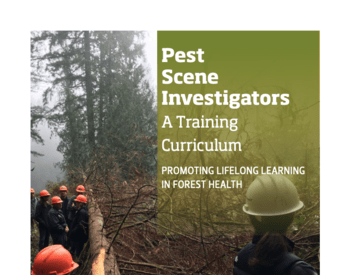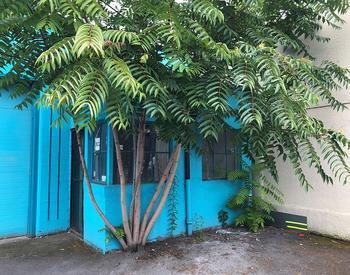What do people want to know in winter? After questions about transitioning plants to indoors and overwintering, winter questions are often centered on insects that find their way into homes as outdoor conditions become inhospitable.
Often, insects that overwinter as adults seek shelter for the winter, taking advantage of cracks and crevices under shingles, behind siding, and the like, or are brought inside in firewood. In other cases, the environmental change when we bring plants indoors triggers premature egg hatch.
Asian multicolored lady beetles
This common name for the lady beetle, Harmonia axyridis, comes from extreme variability in the appearance of this species. Our native Oregonian lady beetles do not overwinter in homes: lady beetles in the house in winter are likely Asian multicolored ladybeetles. This can be confirmed by highly variable appearances, or markings on the thorax resembling a capital “M” (or “W”, if viewed from the opposite angle).
Primarily a nuisance in the home, the greater issue with this species: competition with native species. Importation and release of this species is no longer considered good practice for aphid control. For a visual guide to native and non-native species of lady beetles found in Oregon, check out this guide from Oregon department of Agriculture.
Wood boring beetles
Several native species of beetles, as well as several invasive beetles of concern, are known to travel in firewood. In the Klamath Basin, those who burn juniper as firewood may encounter several species that develop right underneath the bark.
After firewood has been stored and the larvae inside become pupae, movement into the warm indoors prompts further development, and adults emerge from the wood. They might be found buzzing around lights or windows. For more information on pests that can travel in our firewood, OSU Extension provides this fact sheet Hidden Threat in Firewood: Invasive Forest Pests.
Brown marmorated stink bug (BMSB)
New on the scene in Klamath Falls, this invasive stink bug is wreaking havoc in orchards in milder climates. Unlike our native brown stink bug, BMSB causes extensive feeding damage, and overwinters in homes, sheds, and barns similarly to the Asian multicolored lady beetle.
So far, just a few individuals have been found in Klamath Falls. OSU is asking those who encounter BMSB in their homes to contact their local Extension service. Hopefully, our harsh winters will limit this insect’s ability to become established here. OSU hosts a wealth of BMSB information.
Aphid explosions and other houseplant pests
The houseplants have been indoors for several weeks now. Everything’s fine and then seemingly overnight, aphids or spider mites have completely taken over. This alarming cycle is a natural response to environmental change.
Many aphids are triggered by shorter and shorter days to switch from live birth to egg laying. Even just a few aphids can lay many hundreds of tiny eggs. When plants come indoors, the natural predators that might eat the eggs or young aphids are not present. After a few weeks indoors, the eggs respond to the apparent “spring” temperatures by hatching, causing a large population of insects or mites.
With the exception of scales, many houseplant pests are easily remedied with application of soapy water, although it usually takes multiple applications. Soapy water should be used with extreme caution on cacti and succulents, and plants with thick, fleshy leaves. Soap often causes further damage to these leaf types.
Hypogastrurid collembola
The winner of the weird winter insect awards must be the group of collembola (aka springtails) in the genus Hypogastruridae, more commonly known as snow fleas. Common in our higher elevations, these tiny insects eat decomposing organic matter in snow — through a tube on their stomachs. This bizarre eating method informs the Latin name of this group - Hypogastruridae could be roughly translated as “below-eater”.
Like other springtails, these tiny insects use an appendage called a furcula to “jump” many times higher than the insect’s size. Unlike other springtails, members of this genus have a series of three special anal glands, extended right before landing, so as to cushion the impact of insect against snow. For more detailed information about this especially odd member of the insect world, the Entomological Society of America covers it best.
Though strange, these tiny, belly eating “snow fleas” contribute a valuable environmental service of eating bacteria, fungi and such from the snow. When present, they are often found in large numbers, bouncing around so much it looks like the snow itself is moving.
Thankfully, these and a few nuisance house guests are the only insects we are likely to encounter over the winter. Long periods of cold weather are one of the environmental factors that reduce pressure from insect pests in our gardens during the growing season — definitely something to be thankful for!
